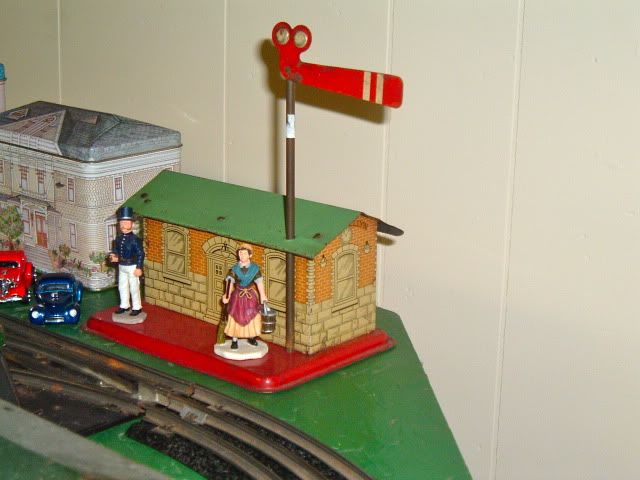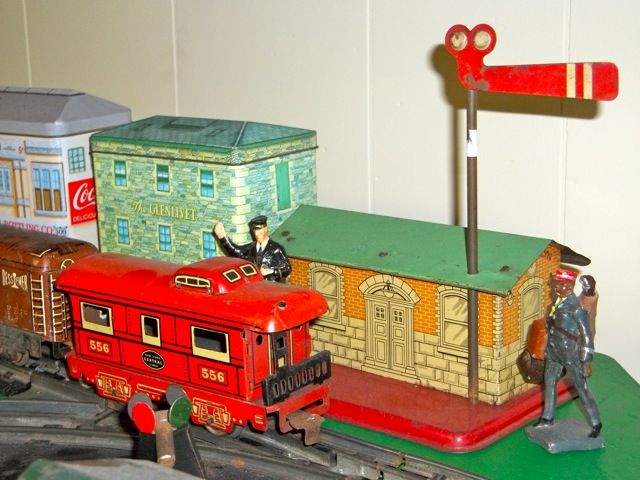Hi,
I am hoping someone might have the answer to this question. I have copies of catalog pages for Marx train accessories from 1939 - 1941, and the item I am interested is the 4 piece station set. The Set consists of a warning sign, semaphore, crossing gate, and a station. I have seen the smaller items with the green bases but not the station. Looking at the catalog page it almost looks like a Lionel 127 station. Would anyone happen to have a photo of what the station really looks like, that would help me know what I might be looking at if I ever come across one.
Thank you,
Kevin Coyle

















